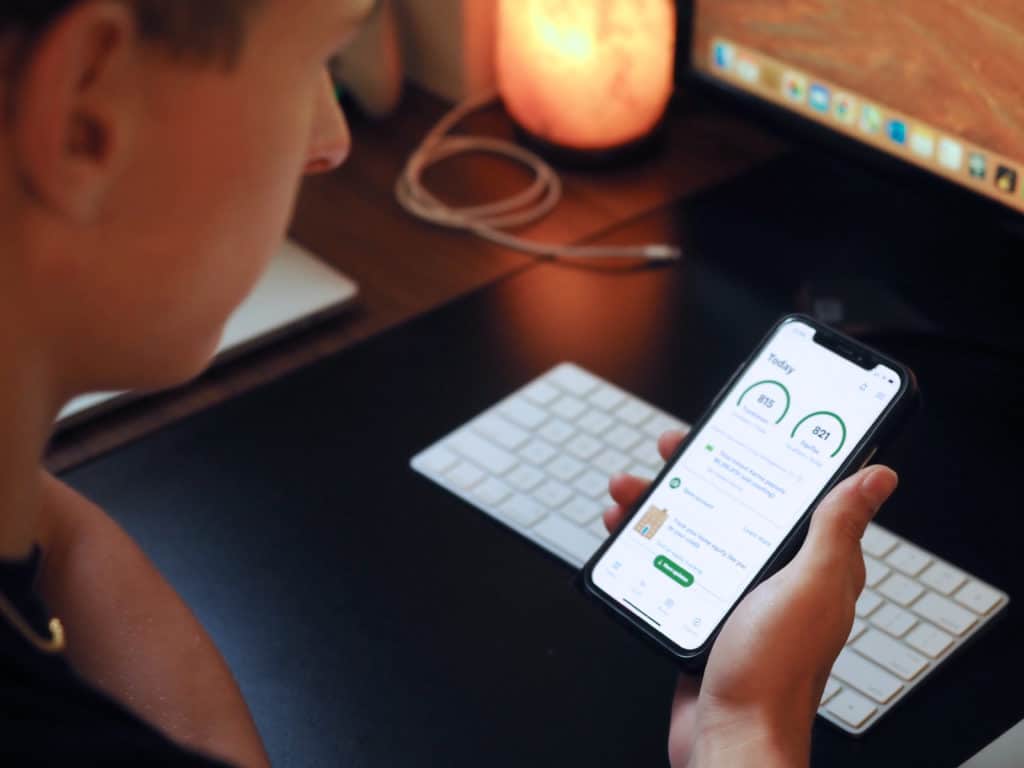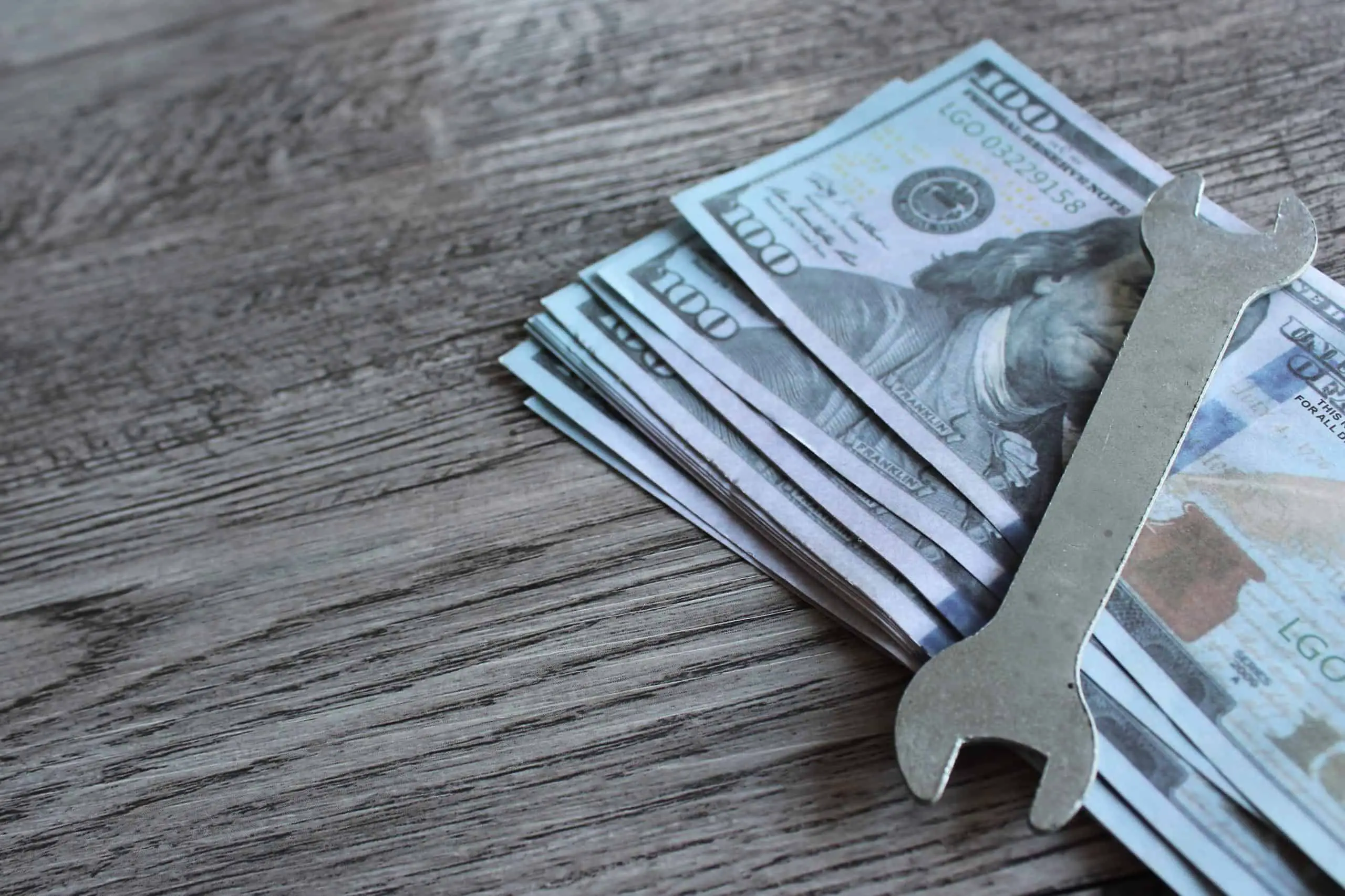Beacon Score – Everything You Need To Know About Equifax Credit Ratings
If you apply for a new credit card or a loan, you might notice one unfamiliar term describing your creditworthiness – the Beacon score. You might be used to FICO score ratings, but some credit bureaus use the determining factors differently when building your credit score.
The Beacon score is a version of the FICO score developed by the Equifax credit bureau and it works based on the FICO scoring model. Therefore, financial institutions using Equifax data will rely on these Beacon scores instead of the regular and recognized FICO ratings.

Still, they are not identical as Equifax might use a slightly different set of factors from your credit history sample to form your rating. If you want to understand the methodology of how the Beacon credit rating system was formed, stay tuned.
How Beacon Scores Are Formed
The Beacon scores are currently known as Pinnacle scores, and they are formed much like the FICO credit ratings. They are used to evaluate how likely it is for a borrower to repay the loan in the given time frame. With the latest factors provided in the system, these scores can now also be used to predict the likelihood of bankruptcy.
Like the FICO score ratings, this methodology also expresses credit worthiness through a three-digit number, where the credit score ranges from 150 to 850. If your beacon scores are at the lowest level, that would indicate to the lenders to include higher interest rates or forbid you from taking a loan.
On the other hand, if your score is above 700, it’s at an exceptional level and proves your creditworthiness and capability to repay the loan.
Factors Used In The Beacon Credit Score
As we already mentioned, Equifax uses a particular set of credit scoring models to determine your rating. The three credit bureaus in the US might all take a different sample of the factors to determine your repayment capability, but in essence, the items are always the same.
Here are some of the factors (and the weight they carry) from your credit reports that Equifax might be looking at when building your beacon scores:

- Your credit history – 30% to 35%
- Current loans and loan payment history – 30%
- The length of your credit history – 10%
- Recent inquiries and loan requests – 15%
- Your credit mix – 10% to 15%
As you can see, credit bureaus like Equifax usually consider these factors to determine if you are suitable for a new loan or a credit card limit improvement. The rating is then used by credit card companies and financial institutions that might issue you a car loan, installment loan, and other credit types.
Beacon Score Algorithms
The Equifax credit bureau uses a different set of algorithms to determine credit scoring models, and therefore form your rating. For instance, the Beacon 5.0 score is just one of the methods used along with Pinnacle 1 and Pinnacle 2 sets of algorithms.
These are essentially formed on existing models, as Beacon 5.0 is based on FICO score 5 models. Because of this, the base model Beacon 5.0 is used for home and car mortgages mostly.
Another variation is the Beacon 9 model that’s based on FICO score 8 and this particular methodology is mostly used in Canada.
Checking Your Beacon Score

One great thing that you can do for your credit rating is to request a free credit score check. You are entitled to one free credit report every year, and it includes Equifax credit reports as well. Checking your credit rating counts the same as if a lender conducted soft inquiries on your report, so it won’t leave a long-term trace on your credit score.
You should always get the most out of free credit monitoring to check if there are any items in the report that you aren’t familiar with. In this case, you can file a dispute and solve the issue while also getting a higher credit score overall.
As for Equifax ratings, in particular, you can check your Beacon (aka Pinnacle) score once a year, and use the info on listed factors to improve your rating, and therefore get a lower interest rate on loans.
Step by Step Guide to Ensuring Positive Beacon Score Level
Now that you know that 700+ beacon scores are sufficient for getting lower interest rates and getting approved on credit in the first place, let’s discuss some steps to take on keeping it that way.
Paying bills on time is just the first step of the road, and here are some other pieces of advice you can use:
- Only use about 30% of available credit
- Make wise lending decisions and repay loans on time
- Try to leave hard inquiries out of your report
- Ensure high credit score length by keeping old cards active
- Use a free credit report to keep your Beacon rating optimal
As you can see, you can use the same tactics as with the FICO II score methodology from Experian. Simply by knowing this, you already have a head start on keeping your beacon credit score the highest it can be.
You should also opt-in for lenders that rely on data and credit ratings from Equifax credit bureau if you are using the methodology behind the ranking to build up your credit score.
Step 1 – Don’t Exhaust Your Revolving Credit Utilization
Your beacon credit score will remain at its highest level if you don’t use more than 30% of your revolving credit. It’s a natural first step to take, and the same goes for other FICO ratings used by credit bureaus in building credit scores.
The credit score generated using just 30% of your credit limit should do the job in keeping an optimal range. So, if you have a total credit card limit of $5000, try to carry a balance of no more than $1500, and your credit card limits might even increase due to a positive beacon score.
Step 2 – Maintain Your Loan Repayment Frequency
Paying your existing debt and loans on time can tell a credit card issuer or a financial institution that you are a reliable borrower. It also improves your average credit score and helps you maintain your beacon score on the desired level.
While you are paying loans on time, don’t apply for new loans if you wish to maintain the overall positive rating. Complete loan repayment is the best move you can make to add some points to your rating.
Step 3 – Try To Avoid Hard Credit Score Checks
Avoiding hard credit pulls from your credit report can help at least maintain your Beacon scores. To do that, try not to apply for loans with lenders that apply hard pulls. This might only leave you with personal loans and some installment loans like a car loan, but it also depends on the lender.
Either way, with this step, you will prevent the trace left on your credit report that will stick for up to 2 years. It’s also wise to consult a financial specialist or your lawyer to go through your credit report in pursuit of possible hard pull accidents. In case there’s a hard credit score check that you don’t recognize listed in the report, you can file a dispute and solve the issue which should boost your credit score by quite a bit.
Step 4 – Keep Your Oldest Cards Active
The Beacon score methodology also includes a scoring model based on the length of your payment history and age of accounts. It’s a wise move to keep your old credit cards active, even if you are not using them at the moment.
This will indicate to Equifax that you are capable of fulfilling your obligations on time and that you can preserve a credit account for years. It reflects your personal finance and reliability and can give you a 10% boost in this scoring model.
Step 5 – Use Your Right For a Free Annual Equifax Report
You can use the free reports from the three national credit bureaus to compare your rating, but the Equifax report is the most relevant one for your Beacon rating.
Not only will you be able to see your current credit score, but you’ll also see the entries and be able to check if there is any negative information to dispute. It also lets you make a plan on what needs to be fixed in the report so your Beacon level stays at an acceptable score for getting new loans.
Final Thoughts
Although there are different opinions expressed about the Beacon credit scoring model, it still relies on analyzing your credit report just like the FICO scores. Major credit bureaus might also come up with other credit scores. Still, they would depend on a methodology used in Beacon 5.0 or FICO scores 2, 3 and FICO scores 5.
It’s up to you to keep an on-time payment history and use other pieces of advice we listed to keep negative items out of your credit report. This way, you won’t have to worry about your Beacon score lowering.
Frequently Asked Questions (FAQ):
Are Beacon scores the same as FICO scores?
Beacon scores use the same methodology as FICO scores to determine your rating through your credit report. The only difference is that a different sample of some items in the report might vary, so there could be possible slight differences in overall scores as well.
What is a good Beacon score level?
To get an optimal credit score for mortgage loans, your score should be at least 700. Anything below 600 might result in higher interest rates for the loans, while a rating above 800 can be considered exceptional.
How can I boost my Beacon scores?
Some of the things you can do to improve your credit scores include keeping your old credit accounts active and expanding your credit limits for getting a lower utilization ratio.



